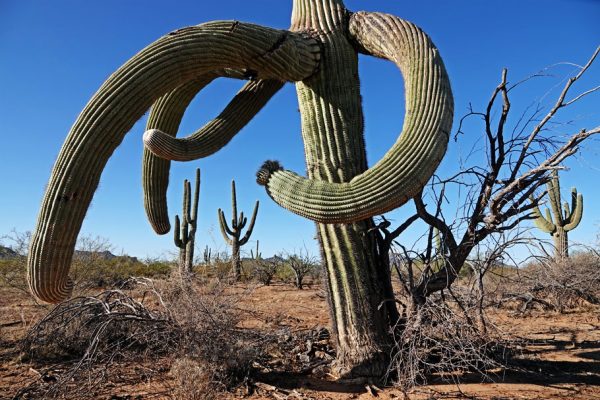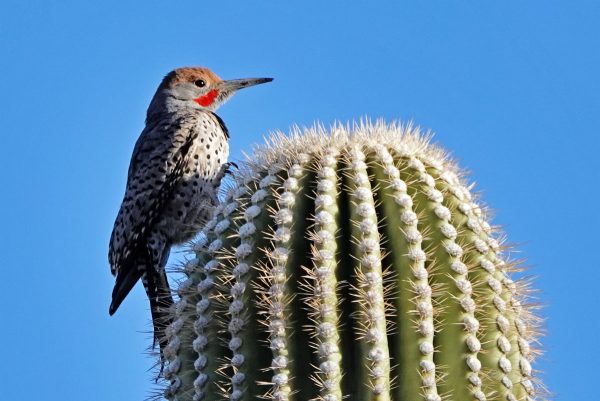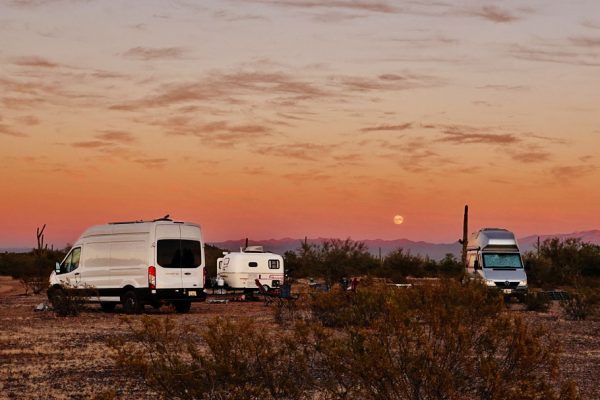
Every month, I post a report of our expenses to show that it is possible to live a comfortable, exciting, and adventurous life without breaking the bank. The less money you spend, the less you need to make. 🙂
This report includes ALL of our expenses, in US$, for two adults and one 60-pound dog (we adopted Maya on June 4th, 2019). Under groceries we incorporate food, produce, and non-alcoholic drinks predominantly bought in supermarkets. Toiletries belong in that category as well. Dining out means eating at a restaurant/event or purchasing take-out food. The health category covers non-prescription medicines and vitamins/supplements; medical contains prescription drugs and doctor’s visits. Because of our income level, Mark and I are eligible for free health care within the state of Massachusetts. For check-ups, we both return to the East Coast.
A new expense year has started and I can hardly believe the first month of that year is already long gone. Before I resume “normal programming” on Roaming About next Wednesday – about things other than Plunge and money updates, like… our travels – I will report on our first numbers of 2021.

Late afternoon at American Girl Mine Road, Imperial, CA
In January, Mark, Maya, and I lived full-time in our camper van Zesty, predominantly in the desert of southeastern California, where we celebrated New Year’s Eve with our friends from Ballena Blanca and The Scamper Squad and remained in their company a bit longer.

Celebrating New Years with friends

Mark and I make our signature margaritas over the holidays. (Photo courtesy of Duwan Dunn)

Greg made “van pizza” (in a pan) for everyone during our New Year celebrations.

Greg and Mark play backgammon over the holidays. (Photo courtesy of Duwan Dunn)

Maya in the irrigation canals near Five Palms Oasis – a good way to rinse off the dirt and sand!
We had some big health and camper expenses. The first one was planned and the main reason we based ourselves in the area of Imperial, CA, for a couple of weeks: I needed to get a root canal done and decided to take care of this process in Los Algodones, Mexico, where, at US$630, the cost is three times less than my quote in Massachusetts.

Sunset at American Girl dispersed camping, California, where we stayed for two weeks. (Photo courtesy of Duwan Dunn)

Desert moon

An amazing evening shot of Zesty under the stars, taken by our friends Duwan Dunn
Buying parts to build a new Lithium battery bank ourselves involved a huge cost as well, but still only ¼ of the price than if we were to buy the same amount of “power” readily outfitted (which we wouldn’t do). This is a project Mark will tackle in spring and that only became feasible because of our second stimulus checks of $600 a person. We dedicated this $1,200 of “extra money” to the dentist and the camper. Since we upgraded our tires in September, we finally bought a bigger spare tire (used) before crossing into Mexico as well.
Unfortunately, 2021 didn’t start great for me. I suffered from flu symptoms the first week of the year, despite receiving a flu shot in the fall (to avoid potentially burdening the health care system with a flu, when resources would be needed for Covid). Not only did this make me sick while I continued to work on promotion efforts for Plunge, it also involved getting a $75 Covid test done. Usually, I would just stick it out at home. But these are unusual times and we had been camping with our bubble of friends for a while – all of whom had dentist appointments – so answers were needed.

Line of cars waiting for Covid tests in Yuma, AZ
So, Zesty cued in line for two hours at a testing facility in Yuma, AZ (where we also did our shopping, as it was the closest town to our campsite, with cheaper prices than California) to order the “rapid test.” Negative! But because I showed Covid symptoms, the clinic wanted to send a sample out for lab testing as well. No problem. Except… a second swap had to be collected. I gingerly offered the nurse my other nostril for this second attack on my brain, eyes tearing up from discomfort. A few days later, I received another negative result. Dentist time!

The horrific swap – they stick this device VERY deep into your nostril.
My appointments with the Bernal Dental Group couldn’t have gone better! My experience was similar to that of our camping friends Duwan, Greg, Ellen, and Scott. The office was quiet and Covid precautions were taken seriously with a shoe bath, body spraying, temperature check, and mandatory use of hand sanitizer and masks. The team was professional, friendly, and prolific in English. Usually, they start new patients off with a dental exam, teeth cleaning, and X-ray session for US$100, presenting an extensive “to do” list. Because I had specific demands and recently saw a dentist in the US, I managed to skip this process and cost.

My new dentist practice in Mexico

Greg being sprayed with disinfectant at Bernal Dental Group (Photo courtesy of Duwan Dunn)
Crossing the border is easy. On the US side, you can choose between parking your car for US$6 a day in a giant lot or for free along the entrance road, before the “no parking” signs start. This second option requires a ten-minute walk, which was our preferred method.
Then, you stroll across the border – no paperwork needed – and enter Los Algodones town. All the dentist offices are pretty much located within a five-minute walk from there. During the pandemic, the border closes at 2pm local (California) time. Bernal Dental Group, however, is on Arizona time, which is an hour later. You want to get back with plenty of time to spare, because the line to cross into the US can be long and seems the worst between noon and closing. A passport is required to return. Dogs don’t need anything for this particular border crossing.

Line to cross back into the US. Luckily, everyone wears a mask. Except when drinking a beer.
Mark and Maya (and once our friends) joined me into Mexico to explore, buy cheap medicines, or sit in the park. My first visit involved the root canal procedure, installing a post, filling the gap, and making an impression for the crown. This took about two hours. During my second visit two days later, Dr. Aldo ground the ceramic crown to perfection and glued it into my mouth. Half an hour later, I was good to go. An hour later, I was ready for fish tacos at the town square. I was never in pain and am very pleased with the result. Recommended!

Our favorite taco stand in Los Algodones! She serves up delicious fish tacos. (Photo courtesy of Duwan Dunn)

Eating delicious fish tacos at the town square in Los Algodones (Photo courtesy of Duwan Dunn)

Picking out a pastry at the panaderia in Los Algodones (Photo courtesy of Duwan Dunn)
We camped for free all of January, I didn’t spend a dime on my writing, and the alcohol category was low. Our friends offered to split the cost for my Covid test, but we refused. Stubbornly, they contributed tequila and rum! The rest of our monthly expenses was pretty normal. We needed to fill our propane tank, inconveniently right after settling in the middle of nowhere for a welcome break from running errands, and our grocery bill still seems high. But, if you take the two giant expenses out, our total was well below average at under $800.

Our friend Scott from Scamper Squad teaches Mark some guitar basics

Mittry Lake after heavy rains

Evening shadows at American Girl Mine Road ‘s dispersed camping

Our boondocking site at Five Palms, CA for a week
To see how our friends Duwan and Greg made out in January, click here. Their month looked pretty similar to ours. 🙂











































































